CALLS TO ADDRESS HEAT WAVES
입력 2022.07.19 (15:22)
수정 2022.07.19 (16:45)
읽어주기 기능은 크롬기반의
브라우저에서만 사용하실 수 있습니다.
[Anchor Lead]
In 2018, heat waves were designated as natural disasters like typhoons and floods. There are calls for systematic measures to address heat waves. There are still people who are unprotected from the hot weather. The government is under pressure to take proactive measures as danger posed by heat waves differs according to people's incomes and residential types.
[Pkg]
Children play in the water to escape the scorching heat. The elderly hide in the shade. Those working outdoors have nowhere to hide from the heat. The hot weather is felt differently according to where people live. A thermal imaging camera shows that at a glance. The average surface temperature at this apartment complex built five years ago is about 35 degrees Celsius.
[Soundbite] Son Seung-woo(Korea Environment Institute) : "The red color indicates higher temperatures. Purple shows lower ones."
But in a nearby shanty town the screen appears much redder. In no time the surface temperature of the roof soars from around 50 degrees to 65. By contrast, the median temperature in Seoul recorded during that time slot was just 29 degrees.
[Soundbite] Son Seung-woo(Korea Environment Institute) : "Newly built apartments have high insulation because they are built with high-quality concrete and insulating materials. Shanty towns have old slates and crevices in concrete."
The Korea Environment Institute has found that daytime highs in poor areas reach 34.9 degrees in summer around 3 degrees higher than in private houses or apartments. A third of some 500 residents in this shanty town are older than 65. Living alone and unemployed, they spend all day in their stifling rooms. They cannot afford air-conditioners or even refrigerators.
[Soundbite] (Shanty Town Resident(VOICE MODIFIED)) : "Food spoils when it is not refrigerated. It spoils quickly."
The government provides air-conditioners to the residents of poor areas every year. But only 30 percent of them have installed them, and in many cases they were installed in hallways.
[Soundbite] (Shanty Town Resident(VOICE MODIFIED)) : "The air-conditioners are outside, not in the rooms. There is one on each floor, but they were installed outside. Only the hallway is air-conditioned."
The situation is even tougher in greenhouses where daytime temperatures easily surpass 40 degrees in summer. To many migrant workers, greenhouses are not only their workplace, but also their home. Data shows the occurrence rate of heat-related diseases among migrant workers is four times higher than among locals. Numbers also show that low-income earners are 2.8 times more likely to have heat-related health problems than high-income earners. Heat waves are increasingly causing "socially inequality" by affecting people according to where and how they live.
In 2018, heat waves were designated as natural disasters like typhoons and floods. There are calls for systematic measures to address heat waves. There are still people who are unprotected from the hot weather. The government is under pressure to take proactive measures as danger posed by heat waves differs according to people's incomes and residential types.
[Pkg]
Children play in the water to escape the scorching heat. The elderly hide in the shade. Those working outdoors have nowhere to hide from the heat. The hot weather is felt differently according to where people live. A thermal imaging camera shows that at a glance. The average surface temperature at this apartment complex built five years ago is about 35 degrees Celsius.
[Soundbite] Son Seung-woo(Korea Environment Institute) : "The red color indicates higher temperatures. Purple shows lower ones."
But in a nearby shanty town the screen appears much redder. In no time the surface temperature of the roof soars from around 50 degrees to 65. By contrast, the median temperature in Seoul recorded during that time slot was just 29 degrees.
[Soundbite] Son Seung-woo(Korea Environment Institute) : "Newly built apartments have high insulation because they are built with high-quality concrete and insulating materials. Shanty towns have old slates and crevices in concrete."
The Korea Environment Institute has found that daytime highs in poor areas reach 34.9 degrees in summer around 3 degrees higher than in private houses or apartments. A third of some 500 residents in this shanty town are older than 65. Living alone and unemployed, they spend all day in their stifling rooms. They cannot afford air-conditioners or even refrigerators.
[Soundbite] (Shanty Town Resident(VOICE MODIFIED)) : "Food spoils when it is not refrigerated. It spoils quickly."
The government provides air-conditioners to the residents of poor areas every year. But only 30 percent of them have installed them, and in many cases they were installed in hallways.
[Soundbite] (Shanty Town Resident(VOICE MODIFIED)) : "The air-conditioners are outside, not in the rooms. There is one on each floor, but they were installed outside. Only the hallway is air-conditioned."
The situation is even tougher in greenhouses where daytime temperatures easily surpass 40 degrees in summer. To many migrant workers, greenhouses are not only their workplace, but also their home. Data shows the occurrence rate of heat-related diseases among migrant workers is four times higher than among locals. Numbers also show that low-income earners are 2.8 times more likely to have heat-related health problems than high-income earners. Heat waves are increasingly causing "socially inequality" by affecting people according to where and how they live.
■ 제보하기
▷ 카카오톡 : 'KBS제보' 검색, 채널 추가
▷ 전화 : 02-781-1234, 4444
▷ 이메일 : kbs1234@kbs.co.kr
▷ 유튜브, 네이버, 카카오에서도 KBS뉴스를 구독해주세요!
- CALLS TO ADDRESS HEAT WAVES
-
- 입력 2022-07-19 15:22:38
- 수정2022-07-19 16:45:05
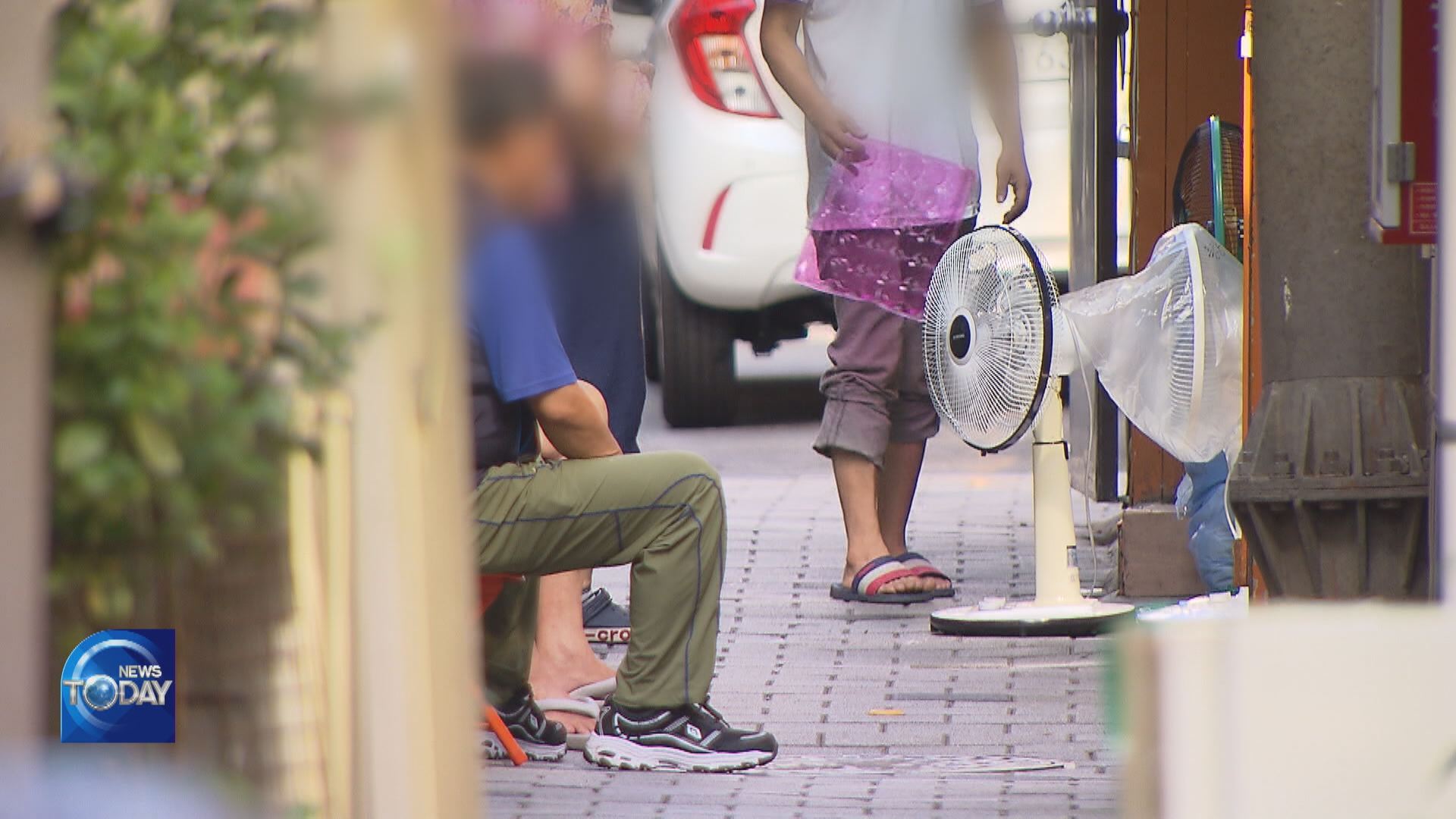
[Anchor Lead]
In 2018, heat waves were designated as natural disasters like typhoons and floods. There are calls for systematic measures to address heat waves. There are still people who are unprotected from the hot weather. The government is under pressure to take proactive measures as danger posed by heat waves differs according to people's incomes and residential types.
[Pkg]
Children play in the water to escape the scorching heat. The elderly hide in the shade. Those working outdoors have nowhere to hide from the heat. The hot weather is felt differently according to where people live. A thermal imaging camera shows that at a glance. The average surface temperature at this apartment complex built five years ago is about 35 degrees Celsius.
[Soundbite] Son Seung-woo(Korea Environment Institute) : "The red color indicates higher temperatures. Purple shows lower ones."
But in a nearby shanty town the screen appears much redder. In no time the surface temperature of the roof soars from around 50 degrees to 65. By contrast, the median temperature in Seoul recorded during that time slot was just 29 degrees.
[Soundbite] Son Seung-woo(Korea Environment Institute) : "Newly built apartments have high insulation because they are built with high-quality concrete and insulating materials. Shanty towns have old slates and crevices in concrete."
The Korea Environment Institute has found that daytime highs in poor areas reach 34.9 degrees in summer around 3 degrees higher than in private houses or apartments. A third of some 500 residents in this shanty town are older than 65. Living alone and unemployed, they spend all day in their stifling rooms. They cannot afford air-conditioners or even refrigerators.
[Soundbite] (Shanty Town Resident(VOICE MODIFIED)) : "Food spoils when it is not refrigerated. It spoils quickly."
The government provides air-conditioners to the residents of poor areas every year. But only 30 percent of them have installed them, and in many cases they were installed in hallways.
[Soundbite] (Shanty Town Resident(VOICE MODIFIED)) : "The air-conditioners are outside, not in the rooms. There is one on each floor, but they were installed outside. Only the hallway is air-conditioned."
The situation is even tougher in greenhouses where daytime temperatures easily surpass 40 degrees in summer. To many migrant workers, greenhouses are not only their workplace, but also their home. Data shows the occurrence rate of heat-related diseases among migrant workers is four times higher than among locals. Numbers also show that low-income earners are 2.8 times more likely to have heat-related health problems than high-income earners. Heat waves are increasingly causing "socially inequality" by affecting people according to where and how they live.
In 2018, heat waves were designated as natural disasters like typhoons and floods. There are calls for systematic measures to address heat waves. There are still people who are unprotected from the hot weather. The government is under pressure to take proactive measures as danger posed by heat waves differs according to people's incomes and residential types.
[Pkg]
Children play in the water to escape the scorching heat. The elderly hide in the shade. Those working outdoors have nowhere to hide from the heat. The hot weather is felt differently according to where people live. A thermal imaging camera shows that at a glance. The average surface temperature at this apartment complex built five years ago is about 35 degrees Celsius.
[Soundbite] Son Seung-woo(Korea Environment Institute) : "The red color indicates higher temperatures. Purple shows lower ones."
But in a nearby shanty town the screen appears much redder. In no time the surface temperature of the roof soars from around 50 degrees to 65. By contrast, the median temperature in Seoul recorded during that time slot was just 29 degrees.
[Soundbite] Son Seung-woo(Korea Environment Institute) : "Newly built apartments have high insulation because they are built with high-quality concrete and insulating materials. Shanty towns have old slates and crevices in concrete."
The Korea Environment Institute has found that daytime highs in poor areas reach 34.9 degrees in summer around 3 degrees higher than in private houses or apartments. A third of some 500 residents in this shanty town are older than 65. Living alone and unemployed, they spend all day in their stifling rooms. They cannot afford air-conditioners or even refrigerators.
[Soundbite] (Shanty Town Resident(VOICE MODIFIED)) : "Food spoils when it is not refrigerated. It spoils quickly."
The government provides air-conditioners to the residents of poor areas every year. But only 30 percent of them have installed them, and in many cases they were installed in hallways.
[Soundbite] (Shanty Town Resident(VOICE MODIFIED)) : "The air-conditioners are outside, not in the rooms. There is one on each floor, but they were installed outside. Only the hallway is air-conditioned."
The situation is even tougher in greenhouses where daytime temperatures easily surpass 40 degrees in summer. To many migrant workers, greenhouses are not only their workplace, but also their home. Data shows the occurrence rate of heat-related diseases among migrant workers is four times higher than among locals. Numbers also show that low-income earners are 2.8 times more likely to have heat-related health problems than high-income earners. Heat waves are increasingly causing "socially inequality" by affecting people according to where and how they live.
이 기사가 좋으셨다면
-
좋아요
0
-
응원해요
0
-
후속 원해요
0










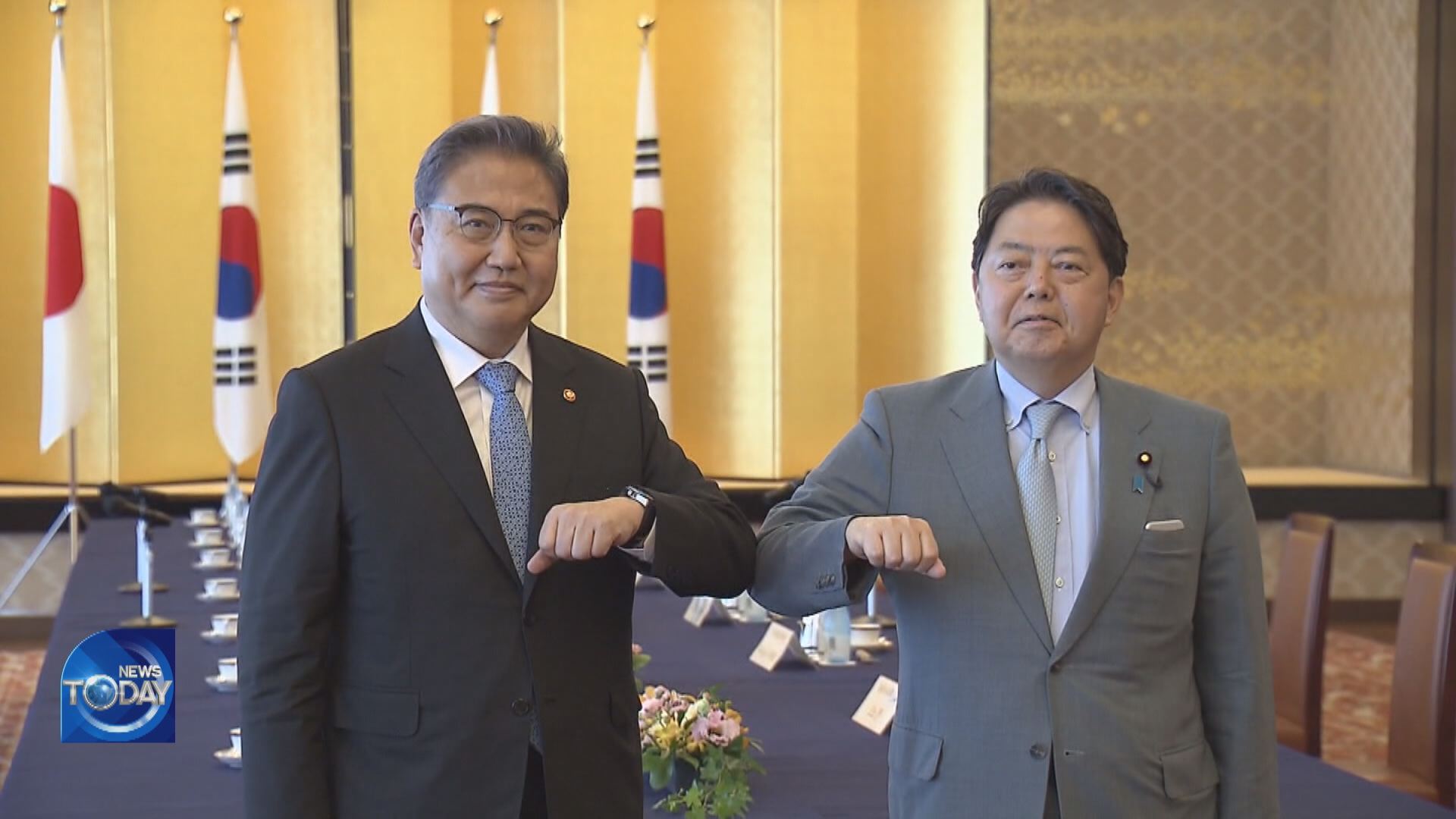


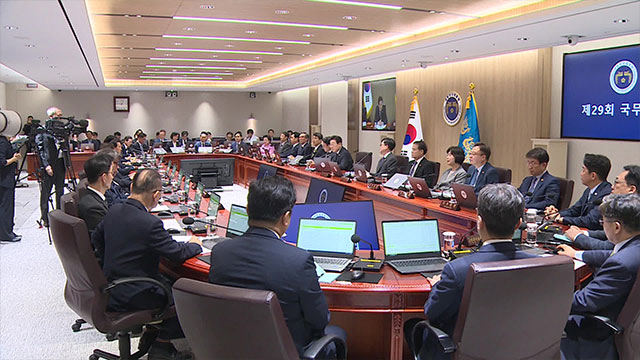
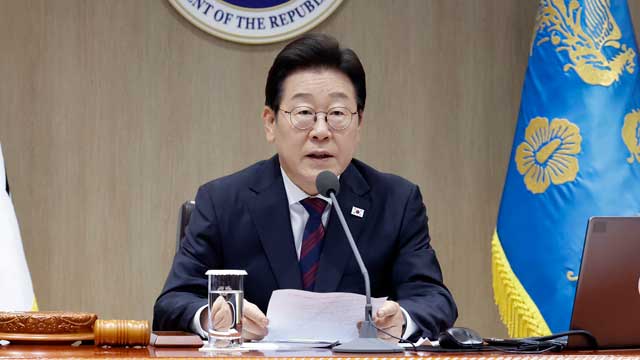
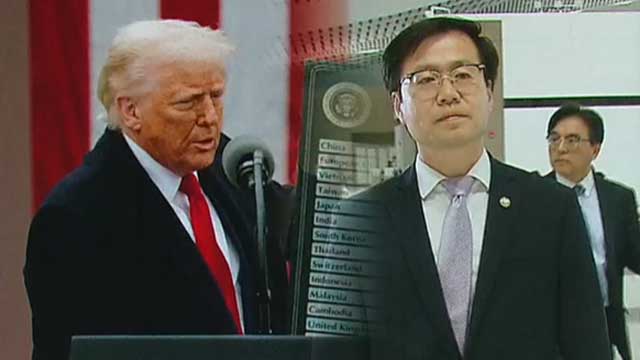

이 기사에 대한 의견을 남겨주세요.